The review on MySKU begins with the author questioning some of Fiio’s promotional claims, particularly the assertion about the "high-voltage 4.2 V power supply." The reviewer wonders how much this actually benefits consumers, especially when the well-regarded Sony WM-10 functions perfectly with just 1.5 V. They note that both devices use a single motor for reference.
Haptics and Controls
Moving on to the controls and haptics, the Sanyo player features essential buttons like Play, Stop, Forward, and Rewind. It also includes options for adjusting pitch, volume, treble (important for different cassette types), and left/right balance. The Stop button also works as an Eject button, and all buttons, knobs, and switches are user-friendly. In contrast, the Fiio player has fewer controls, lacking channel balance and treble adjustment. Its volume knob sticks out too much for comfortable daily use. Additionally, the Fiio’s red Play button is confusing, as that color usually indicates Record. To access the cassette compartment, Fiio CP13 users must use their nails, and the buttons are noted to be stiff and noisy, with the design appearing overly angular, seemingly prioritizing looks over functionality.
Sound Quality
When it comes to sound performance, the Fiio player lacks a "track search" mode, which means audio cannot continue to play while pressing both Play and Forward, a feature present in the older Sanyo model. The mechanical components of the Fiio player produce noticeable noise during cassette playback, while the Sanyo remains quieter, despite being older.
The more affordable Technics RS-M24 full-size player is even quieter than both portable devices, with its built-in amplifier generating less static.
Listening Experience
A listening test with ATH-M50xBT2 headphones (currently priced at $189 on Amazon.com) indicates that the CP13 struggles with bass and has an excess of treble. The sound from Type 1 and Type 2 cassettes is largely similar on the Fiio player.
In contrast, the Sanyo player offers improved bass and allows for treble adjustments based on personal preference and cassette type. It also makes fine details easier to hear.
The Technics RS-M24, on the other hand, simply sounds "nice," showing no weaknesses in any area.
Lastly, the reviewer tested the frequency response of each cassette player by playing audio segments at various frequencies, including 30, 40, 50, 60, 70, 1,000, 11,000, 12,000, 13,000, and 14,000 Hz. The Fiio player did not perform well in this assessment.
As a small positive note, the reviewer mentions an appreciation for the sound quality of most digital Fiio players.
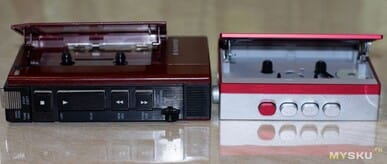
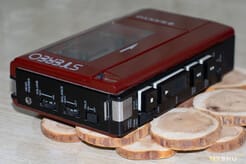
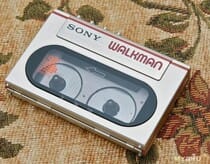
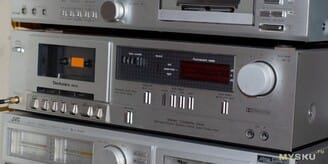


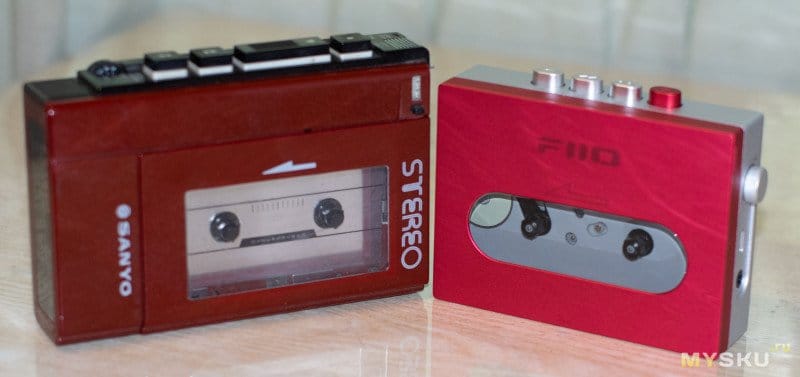
Leave a Reply